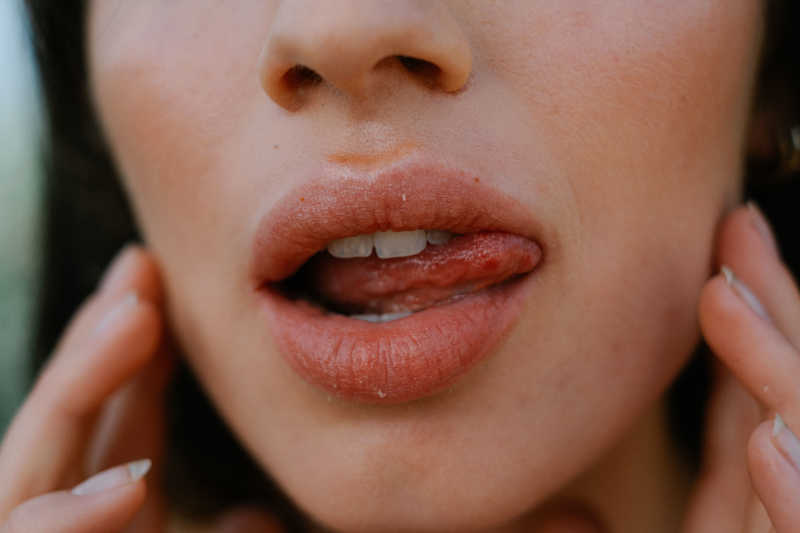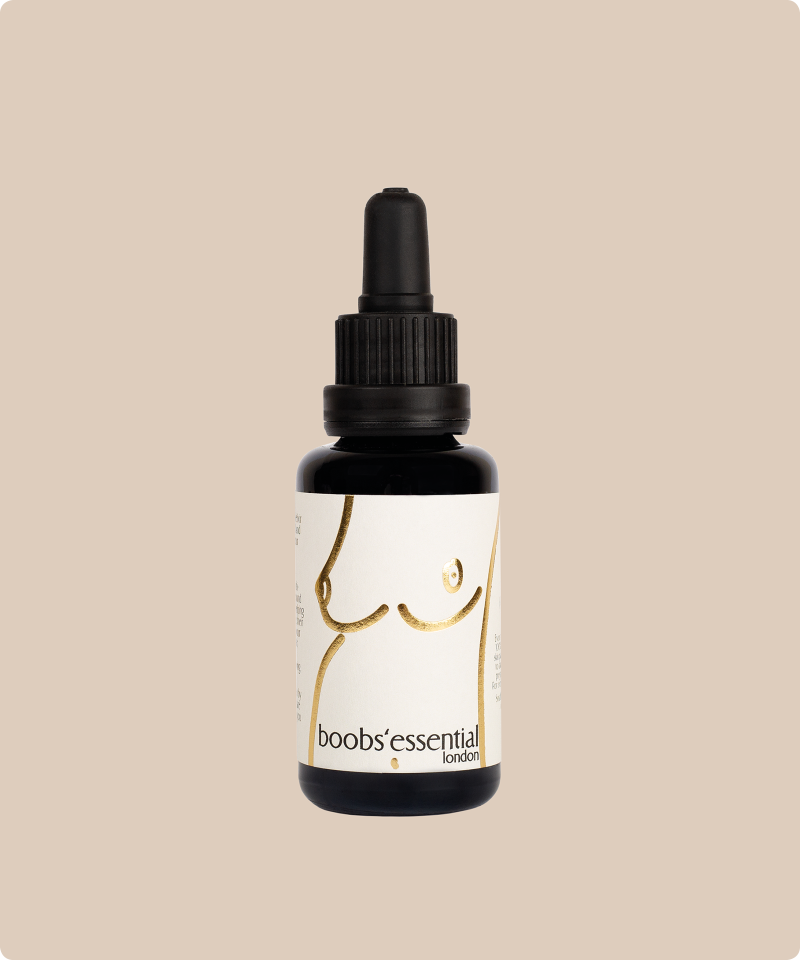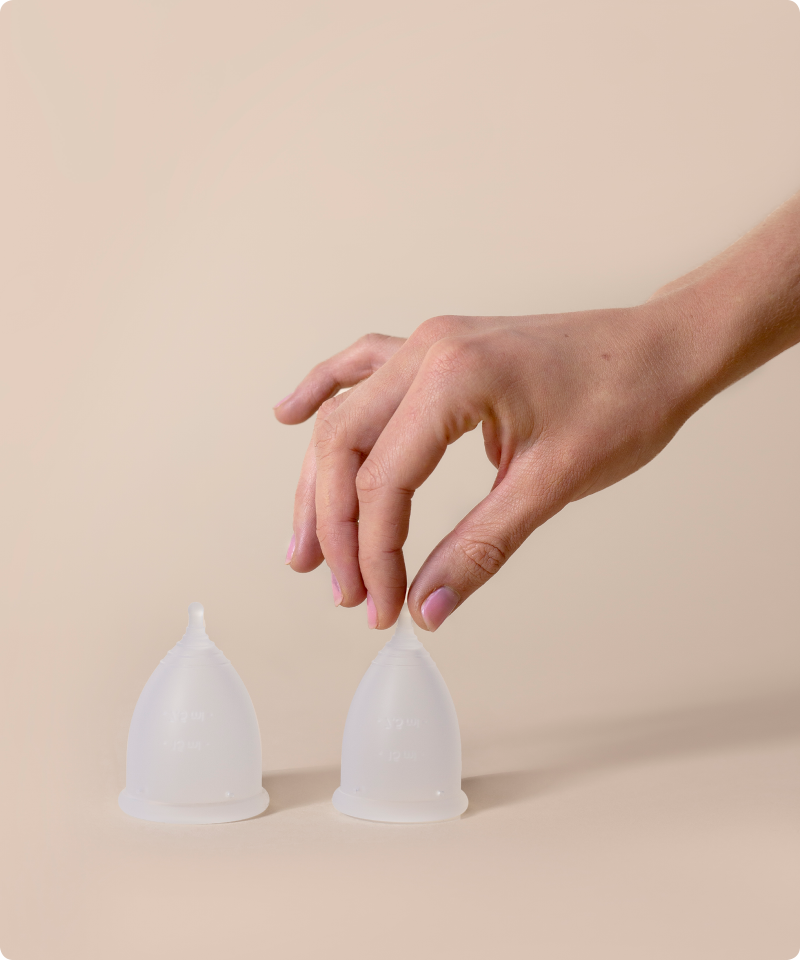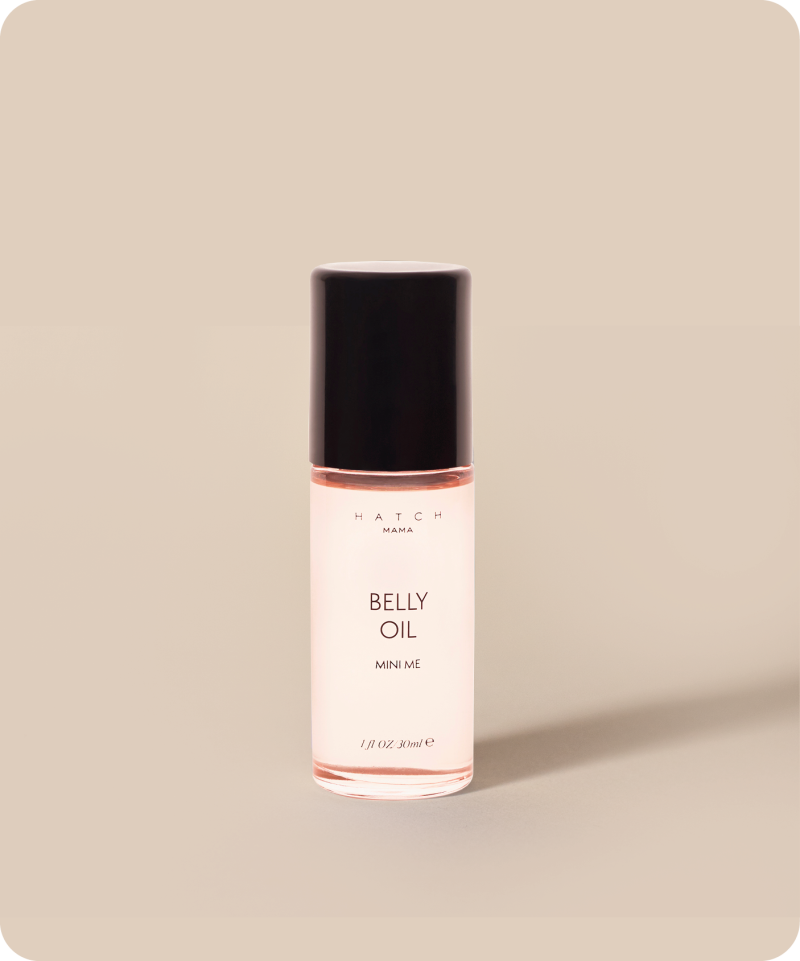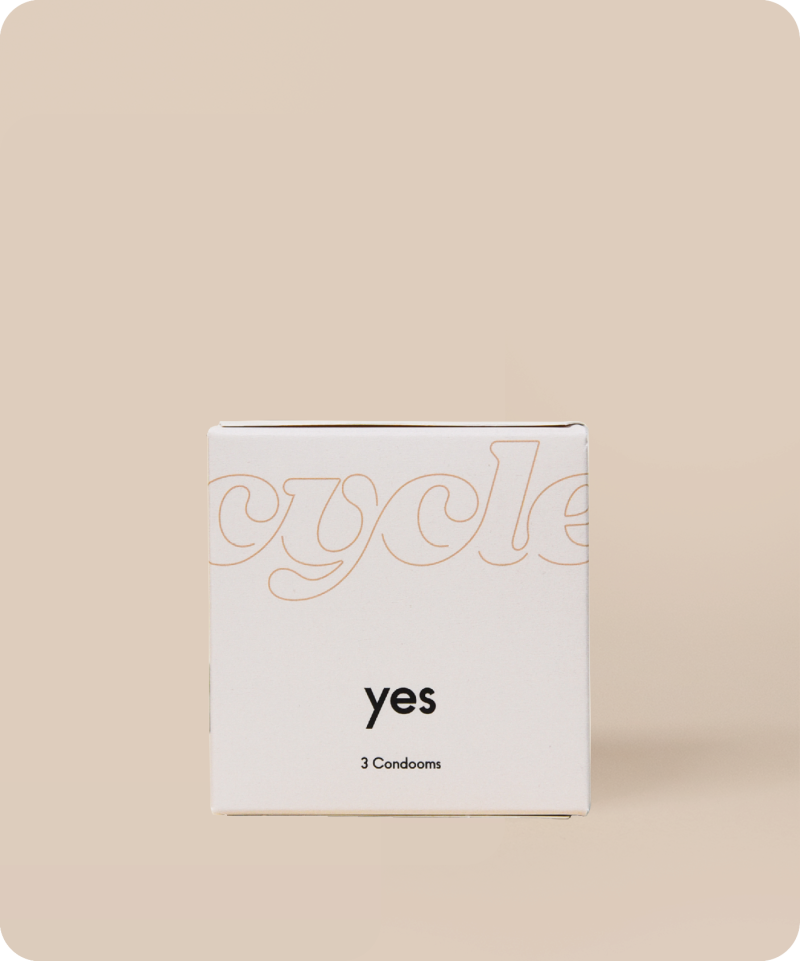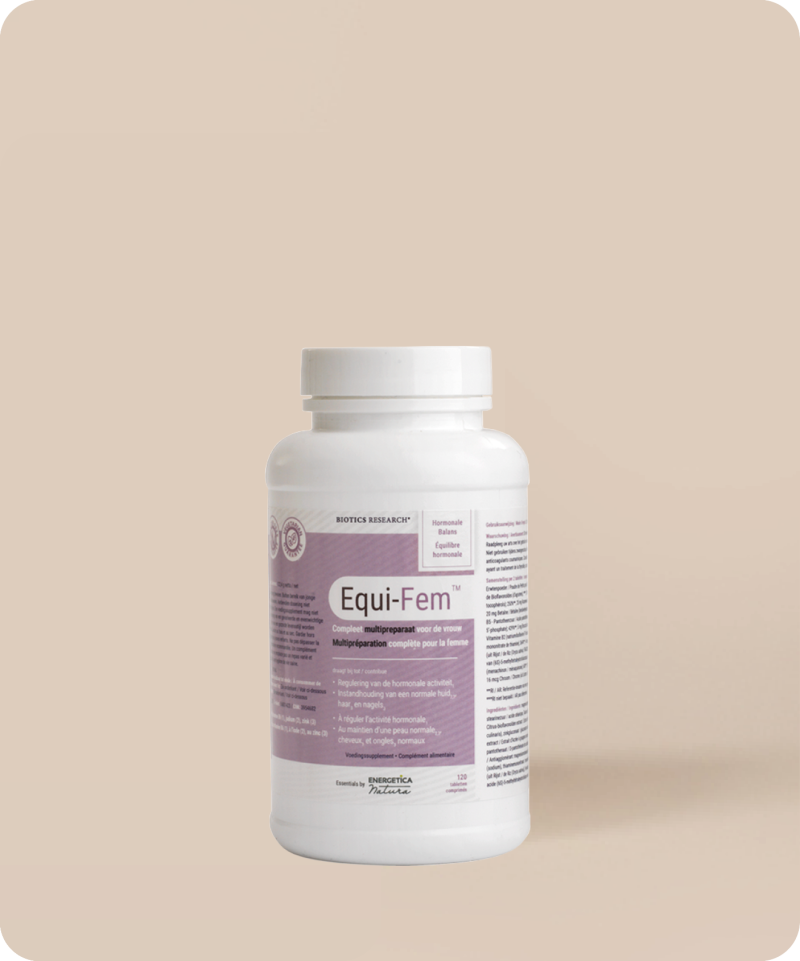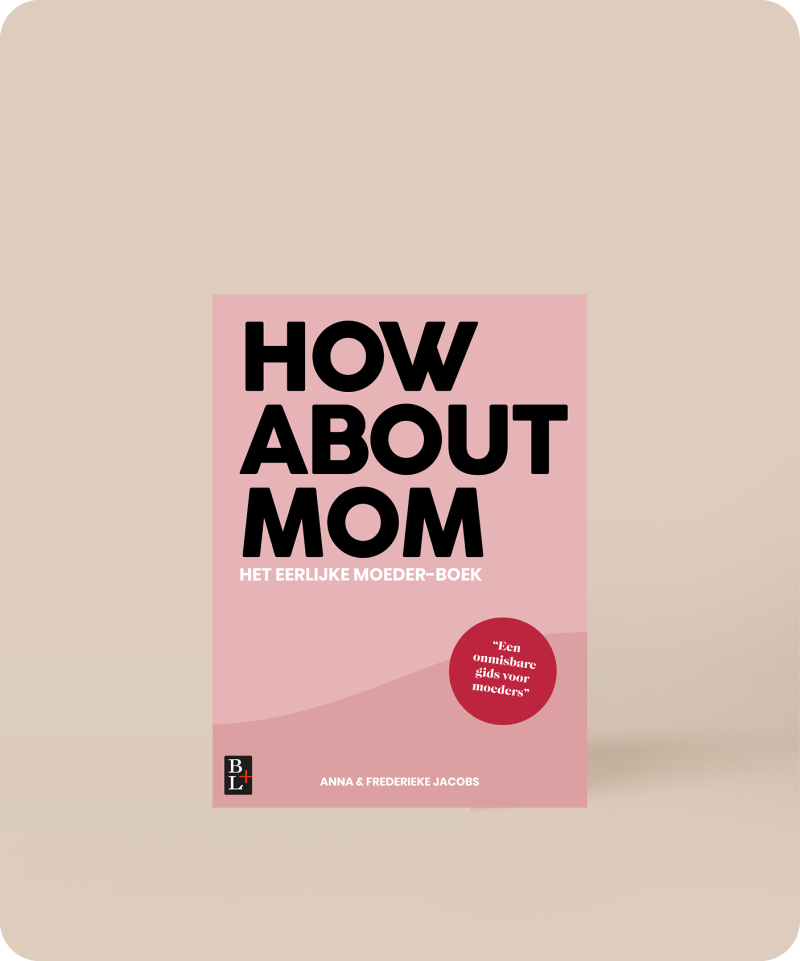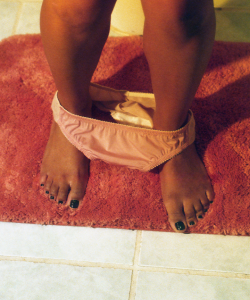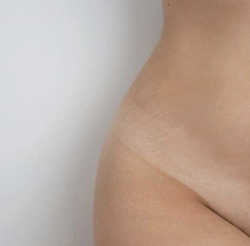Vaginal yeast infections
But what is a vaginal yeast infection?
A yeast infection of the vagina is, you guessed it, an infection of the vagina caused by a fungus or yeast. It’s truly nothing to be ashamed of, as everyone gets one once in a while!
What are the symptoms of a vaginal yeast infection?
The most common symptoms of a vaginal yeast infection, also known as candidiasis, are:
Vaginal itching
Excessive discharge with a white and crumbly structure
A burning sensation while peeing
What is the cause of a vaginal yeast infection (vaginal candidiasis)?
A vaginal yeast infection is most commonly caused by the yeast Candida Albicans and occurs when the natural acidity levels in your vagina are disturbed. That’s why it’s also called candidiasis. Like we said before, a lot of people get them and it’s nothing to be ashamed of. However, that doesn’t mean the infection isn’t annoying. Getting a fungus in the vagina can have several causes, including:
Using medication
The Lactobacillus bacteria plays a crucial role in keeping the natural acidity level of your vagina in balance. The use of antibiotics can disrupt the ‘good’ Lactobacillus bacteria which causes the acidity level to become unbalanced. The use of soap can also kill the good bacteria in your vagina. This prevents the vagina from resisting bad bacteria and causes the fungal infection. So, don’t use any soaps, not even the so-called “intimate washes”.
The best way to (not) clean your vagina
Read moreUsing medication wrong
There are a lot of different medications for candidiasis available in the drugstore. Have you tried multiple different medications to get rid of your fungus, but the symptoms keep coming back? There is a chance that you’ve used the wrong medication, or you’ve tried too many medications at once. Not all antifungal medications work for every type of yeast. It is also possible that the symptoms have already disappeared before you’ve finished the (antibiotics) course, but please complete the course for the best end result. It’s also important to keep in mind that most fungi originate from the gut, so probiotics can also help with a recurring yeast infection.
Further, keep in mind that most drugstore antifungal medications, such as Miconazole, actually disrupt your vaginal flora. This means that they also kill the good bacteria that you need to keep the nasty fungi at bay. Chances are pretty good that after the first yeast infection, you will soon get a second one.
Hormones
If you can’t seem to get rid of a yeast infection and it keeps returning, it might be because your hormones are fluctuating or out of balance. This can happen when you’re using birth control after pregnancy or when you’re in the menopause. Your vagina is also more sensitive to a yeast infection during pregnancy. This is because the acidity of your vagina is lower.
The hormonal IUD can also stimulate the growth of yeast, because it increases the estrogen levels.
Stress and a weak immune system
Stress, poor nutrition, and lack of sleep all weaken your immune system, which makes you also more susceptible to vaginal fungi.
The way stress influences your cycle
Read more
Sweaty
Are you someone who is too tired after a workout and can’t be bothered to immediately take a shower? This could also be a reason why you’re struggling with vaginal fungi. If you keep sitting in those sweaty workout pants, you’ll create the perfect environment for these pesky bacteria to grow into a vaginal yeast infection. Yeast and other bacteria thrive in moist, warm and humid environments. The best way to keep this from happening is to wear workout pants made from cotton instead of synthetic material and immediately change out of your clothes as soon as you’re done killing those squads. Try to avoid wearing thongs and lacy underwear when working out. They are an absolute breeding ground for fungi. Try to go for cotton underwear, they are more breathable.
Like a fish in the water
Whether you enjoy a nice summertime swim or you swim to exercise, you can get a yeast infection from spending time in the pool. The chlorine in the pool doesn’t only keep the pool sanitary by killing the bad bacteria in there, but it also kills the bacteria that keeps your vagina healthy. Once the pH balance of the vagina is wrecked, the chance of getting a yeast infection is much bigger. A good way to prevent them is by showering immediately after you’re done swimming. You should also try to change out of those wet bathing suits as fast as you can into a pair of dry bottoms.
Underlying conditions
In some rare cases vaginal yeast infections are caused by a disease or condition that weakens your immune system. This makes sense because when your immune system is weak, you’re more susceptible to all kinds of infection, so this means you’re also more likely to get candidiasis.
Is there a test available for yeast infections?
A yeast infection is common and is often easy for a doctor to recognize by the symptoms. A culture is generally not taken for a one-time infection. If it occurs more often or if it does not go away, the doctor will often take a culture to see if it is a fungus or yeast and if so, which one.
How do you treat it?
Are you suffering from a vaginal fungus? In most cases, the symptoms are easily remedied with a probiotics cream (Lactobacillus) or a tablet from the drugstore. You can also make some (preventative) changes to your lifestyle that can help you get a healthier vaginal microbiome.
Results and advice to improve your vaginal flora!
Read moreHow long do you suffer from a yeast infection?
A vaginal yeast infection usually passes on its own. With proper use of a drugstore remedy, the symptoms will often go away quickly. In some cases, it can take a couple of weeks before the vaginal irritation and changed discharge are gone. If you contract a yeast infection time after time, it is wise to look further. Perhaps some adjustments in your nutrition can help prevent them.
What if your yeast infection doesn't pass
or comes back time and time again?
Read more
When should you go see your GP?
Are you not completely sure about what’s going on down there? You can always contact your GP to get proper advice and/or treatment. Keep in mind that we often assume we have a yeast infection, when that doesn’t always have to be the case. Bacterial vaginosis or an irritated vulva are just as common and have similar symptoms. It is often difficult to distinguish, but it’s necessary to do so, because the treatment is vastly different.
Want to know more about your body and health? stay up to date and join our community.





